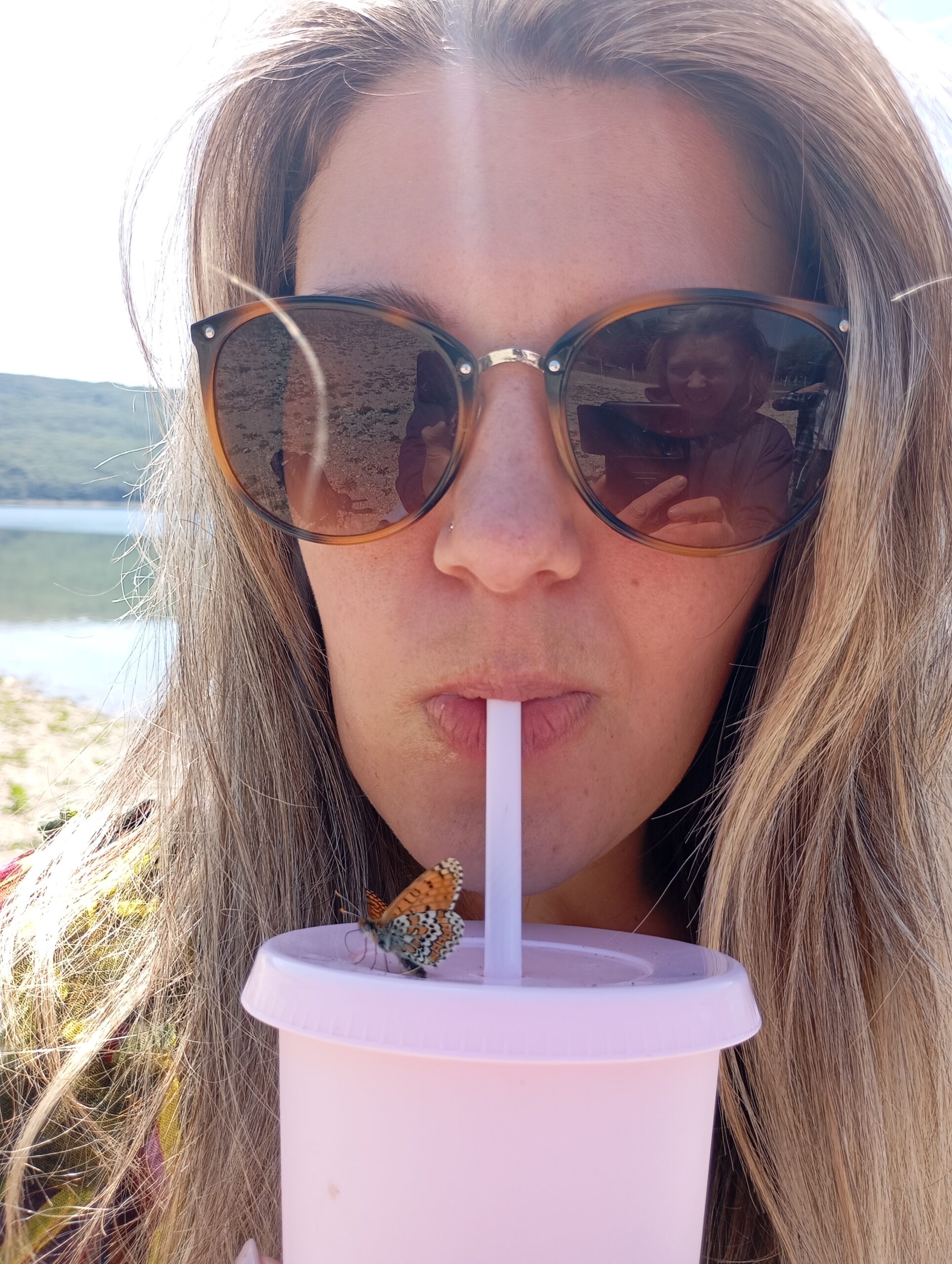Nothing in Life is Risk Free
This includes Wild swimming!
Although this activity can be a rewarding and exhilarating activity, it also comes with certain risks. Here are the top 5 risks associated with wild swimming. Please note this list is not exhaustive and you should read our Safety document prior to taking part in any activity.
1. The Cold
Depending on where you are located geographically, rivers and waterfalls tend to still be cold, due to the moving water and this can pose the risk of cold water shock. This is usually when you enter the water quickly and your body reacts with a gasp reflex leading to hyperventilation, increased heart rate and increase in blood pressure, in some cases leading to cardiac arrest. This can happen in perfectly healthy people. Please take care when entering the water and learn how to control your breath correctly.
The body’s normal core temperature is around 37C and it only takes a 2C drop in this temperature to become hypothermic. The body knows this and is an amazing piece of kit, but you need to learn to listen to what it is telling you. Your vascular system closes to the extremities (hand, arms, feet and legs) when you enter into cold water to protect your core, but this won’t last forever. Learn to listen to your body and don’t stay in too long. Things to be aware of – tingling/fizzing in parts of the body, shivering, tension in the back of the neck, headaches, a sudden sense of warmth in very cold water, essentially anything that feels ‘different’ to you. And get out of the water if you experience any of these things.
Everybody reacts differently – you do you!
Due to the things mentioned above it is very important that the wild swim does not end when you get out of the water. Warming up correctly is just as important. There are several ways to do this, but as a Wim Hof instructor I always advise the ‘horse stance’ and advise against running and jumping around directly following the exit of cold water. The horse stance is a catch-all type of simple warm-up exercise that can be done safely in many environments.
Simply stand with wide legs and squat until you feel it in your thighs, then twist slowly from the waist, moving your hands as if you are pushing something away from you on either side. This should be done slowly and purposefully – keep your focus and gradually you will feel the warmth coming back into your extremities.
I advise using this exercise for warming up because, as previously explained, the vascular system closed to the extremities on entering cold water, and on exit it will begin to dilate once more. If the cold blood in the hands and feet mixes too quickly with the warm blood of the core it will drop the temperature of the core and cause what we call after-drop. The horse stance allows the extremities to warm up through muscular contraction, whilst engaging the intercostal muscles by twisting and therefore maintaining core temperature.
After-drop is not immediately life-threatening but can lead to further complications if not dealt with correctly. The symptoms are nausea, dizziness, shortness of breath, a feeling of heart racing (even if it isn’t), shivering, blurring of vision… to name a few. Horse stance is your prevention and solution to this, make sure you use it.
2. The Water
It seems strange that we should say that water is one of the top risks of a wild swim, as a wild swim without it is well just flapping around like a grounded eel and the novelty will wear off pretty quickly. But there are so many things to be aware of when entering a natural body of water, especially, but not restricted to, areas that you have never been before.
Currents at sea, can drag you down, whisk you out away from the shore line or even dump you on the beach then drag you back in along the ‘sharper than you remember’ sand. I know this as it happened to me many years ago whilst holidaying in the Dominican Republic. I lost my engagement ring, but at least I am still here to tell the tale and to learn a whole new respect for the power of the ocean. Don’t learn the hard way. Listen to those that know the area, take note of flags along the beach and understand the cycle of the tides.
Currents however, are not reserved purely for the ocean, rivers are just as dangerous if we are not aware of the speed and strength of the flow and the location of other structures that could change that flow e.g. weirs, dams, locks etc. If you are not local, not familiar with the area and can’t see well in each direction, then take a walk along the bank and do your own research or look on Google Earth and investigate up and down stream just to be sure.
It should also be noted though, that even if you know the area well, a recent storm or snow melt or a sudden drop in temperature can dramatically change the lay of the land.
These weather incidents, high winds, heavy rainfall, snowfall before leaf fall, can all create other hidden risks as well as swelling the depths of the water and increasing the speed of the flow, they can also cause large branches to fall and be swept into your pathway, or to lay hidden under the surface causing you to injure yourself (or those accompanying you) or even worse for you to get tangled up and not be able to reach the surface. Be aware.
Going to new sites is exciting and adventurous. But treat each location with care. Just because something looks deep enough to jump into, don’t assume it is. Hidden rocks, crystal clear water can give the illusion of depth in both directions. You can soon find yourself either hitting the bottom quicker than you anticipated or out of your depth and in the current before you know it. Respect it until you understand it.
Finally with the ‘Water’ risk, something that is unfortunately becoming more and more of an issue, pollution. As swimmers we need to be aware of so many things that are under our control, but unfortunately this one is not (in the short-term anyway). Sewage being dumped into rivers, plastic pollution, fishing lines, agricultural run off of chemicals, they are all a risk.
Some things we can do to help: Wear nose clips, ear plugs and goggles if you feel it is a serious risk at a particular location; Shower after swimming; Pick up litter around the site; Remove discarded fishing lines from the water.
Be aware of your surroundings, don’t add to the rubbish problem and help to keep these spots ‘spotless’!
3. The Wild
A wild swim without the wild and all it brings with it would just be a puddle, so we have to be vigilant and aware of what other wild creatures (as well as us) share this watering hole. In some areas of the world this is more important than others in terms of personal safety (bears, crocodiles, piranhas, jelly fish etc). Remember this is their Wild too!
But it is not just the exotic locations. We also have insects that can be dangerous, ticks and mosquitos are a nuisance and can transmit horrible diseases, bees are amazing creatures but if you are allergic carry an epi-pen.
By the nature of a wild swim, they are generally at more remote locations. This means in most cases there are not nicely carved steps with a handrail leading us into the water. Access can sometimes be difficult. I personally have a regular location, close to home that I go to, that I always take my rope, in order to descend and ascend safely from the water’s edge. Remember you may be able to get down, but when your hands are cold, can you get back out? Adjust your time in the water accordingly.
4. The Weather
The heat can be just as dangerous as the cold. Be aware of the weather throughout your day, if it is going to be hot, wear a hat, carry plenty of water. Common sense right? But also be aware of the temperature differential between the external and internal temperatures of the water, the shock of the water even above the 15C that denotes cold water can be real if the external temps are in the mid to high 30’s or higher. Don’t be so eager to cool off that you forget to take the usual precautions, my Dad used to say to me, better to be 5 mins late in this life than early in the next. Take your time…
If you are going hiking to a swim spot again, check the conditions, watch the sky, be aware of the likely hood of changing conditions. When we are at altitude this can happen quickly and without much warning if you are new to this so be prepared and listen to the more experienced of your group.
Even in May at altitude there can still be snow and ice. Never take this for granted. Who knows how thick the ice is, what is under the snow, as the warmer weather creeps in, so does avalanche risk. Be sensible, be aware, take advice from those that know the area.
Common sense is not as common as you may think – prove me wrong and stay safe.
5. The People
Other people can be just as much of a risk to you as mother nature (if not more so). Being part of a community can definitely help with this, but it is not infallible either.
Peer pressure is definitely a thing that continues when you get out of school and seems especially prevalent in wild swimming. The need to prove oneself in a group, some macho requirement to jump in and stay in the longest (in both men and women) seems to be common place and totally unnecessary.
Social Media seems to be a driving force for this tom-foolery too. Needing to get that perfect shot under the waterfall, or above the waterfall, going back in for an additional shot, fancy poses on rocks etc etc. You get the picture!
Safety First
Personal safety in all of the above sections has been about external forces, largely outside of our control, but where we can take preventative measures to reduce risk and enjoy the water.
Remember many of these locations are remote. Rescue won’t be quick. Life is real, there is no reset button if we get it wrong.
Get it right and wild swimming is the most beneficial, exhilarating way to connect with others, with nature and with yourself.
Don’t go alone, listen to your body, warm up correctly, respect wildlife and weather, be kind to the environment and enjoy the water!


